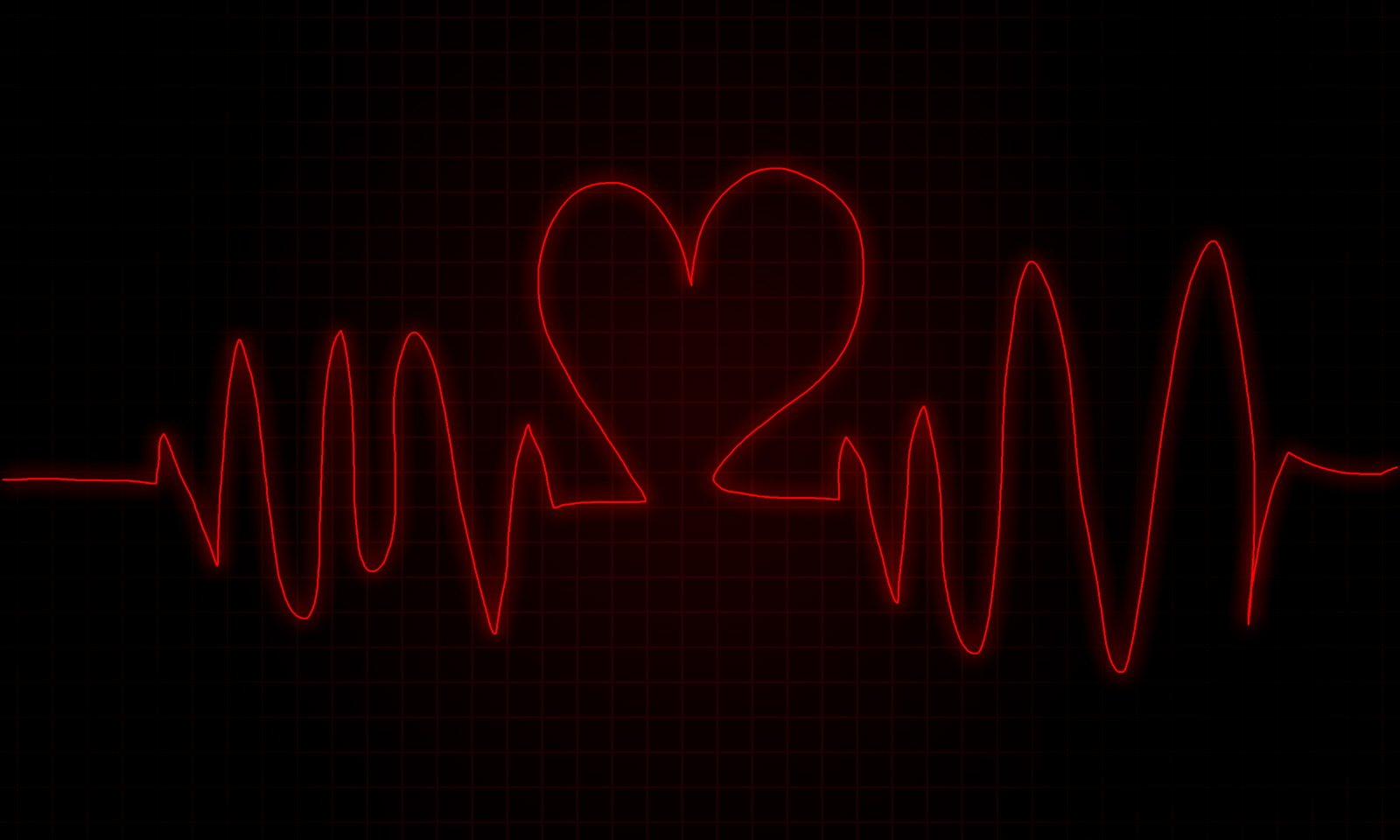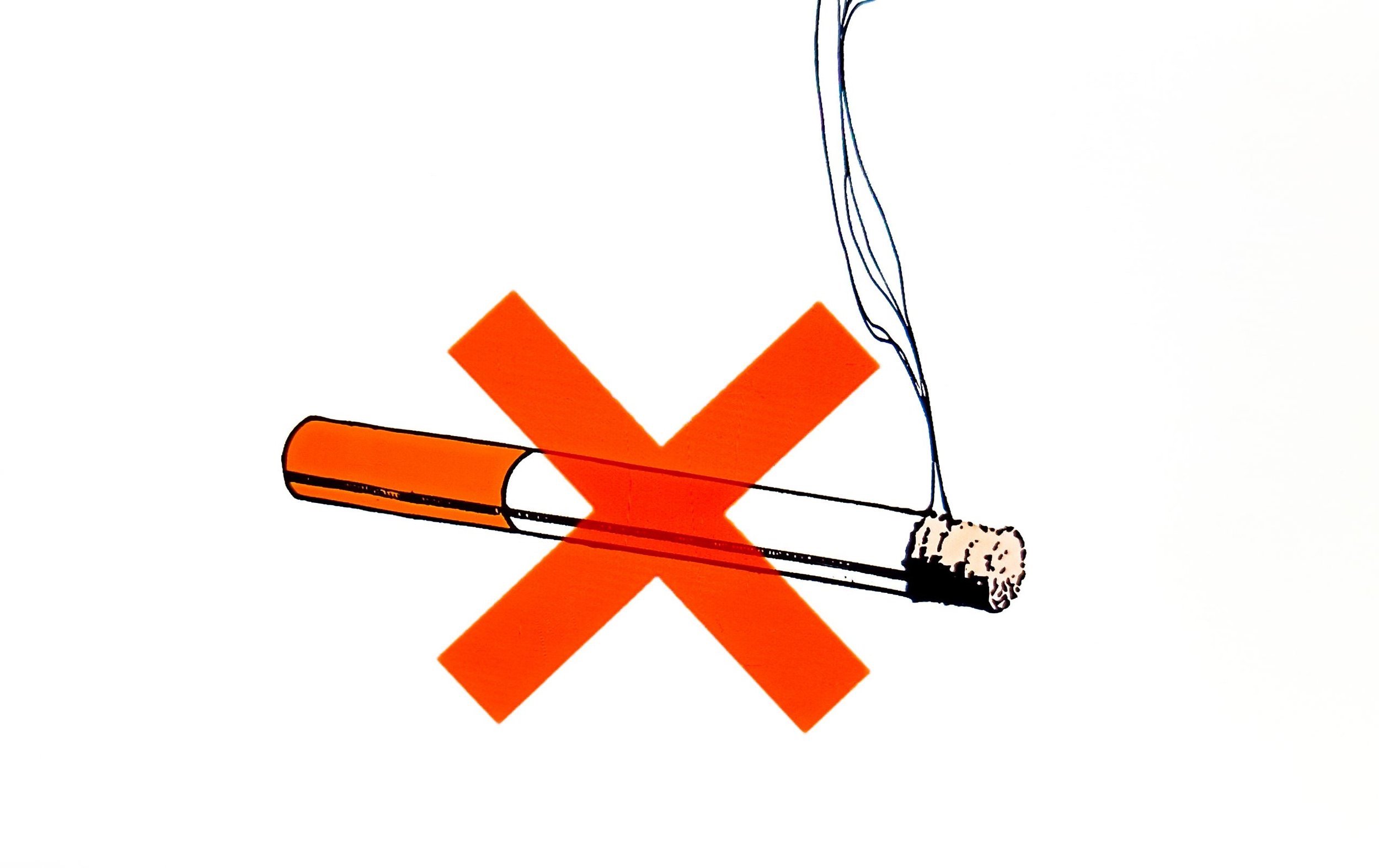
Learn More About Cardiovascular Disease
Cardiovascular disease encompasses a range of conditions affecting the heart and blood vessels, including heart attacks, hypertension, and strokes. Understanding the signs, symptoms, and risk factors is crucial for prevention and early intervention.
Coronary Artery Disease (CAD)
Coronary artery disease occurs when plaque builds up in the arteries that supply blood to the heart, leading to restricted blood flow and potentially causing chest pain (angina) or a heart attack. This is the most common type of heart disease. Symptoms include angina, shortness of breath, fatigue, and heart attack symptoms (see below).
Heart Attack (Myocardial Infarction)
A heart attack occurs when blood flow to a part of the heart muscle is blocked, usually by a clot in a coronary artery. Symptoms include sudden chest pain or discomfort, shortness of breath, nausea or lightheadedness, and disorientation. This results in the death of heart muscle cells and can be life-threatening.
Stroke
A stroke occurs when blood flow to part of the brain is blocked or reduced, leading to brain tissue damage. There are two main types: ischemic (due to blockage) and hemorrhagic (due to bleeding). Symptoms include sudden numbness or weakness in the face, arm, or leg (especially on one side of the body), confusion, trouble speaking or understanding speech, and severe headache with no known cause.
Hypertension
Hypertension is a condition where the force of blood against the artery walls is consistently too high. It can damage the arteries and lead to serious health problems, including heart disease and stroke. It is often asymptomatic, but can cause headaches, shortness of breath, and nosebleeds in severe cases. Prevalence increases with age.
Arrhythmias
Arrhythmias are irregular heart rhythms that can cause the heart to beat too quickly (tachycardia), too slowly (bradycardia), or erratically. Symptoms include palpitations (feeling of skipped heartbeats), chest discomfort, shortness of breath, and dizziness or fainting.
Peripheral Artery Disease (PAD)
Peripheral artery disease occurs when plaque buildup narrows the arteries outside the heart, typically affecting the legs. Symptoms include leg pain or cramping during activity, numbness or weakness in the legs, coldness in the lower leg or foot, and sores on lower body that won’t heal.
General Prevention Strategies
-

Healthy Lifestyle Choices
Diet: Adopt a heart-healthy diet rich in fruits, vegetables, whole grains, lean proteins, and low-fat dairy. Limit saturated fats, trans fats, salt, and added sugars.
Physical Activity: Aim for at least 150 minutes of moderate-intensity aerobic exercise (e.g., brisk walking) or 75 minutes of vigorous exercise (e.g., running) per week.
-

Risk Factor Management
Smoking: Quit smoking and avoid secondhand smoke to reduce the risk of cardiovascular disease and other health complications.
Blood Pressure: Monitor and control high blood pressure through lifestyle changes and medications if necessary.
Cholesterol: Manage cholesterol levels with a healthy diet, regular exercise, and medications as prescribed by your healthcare provider if needed.